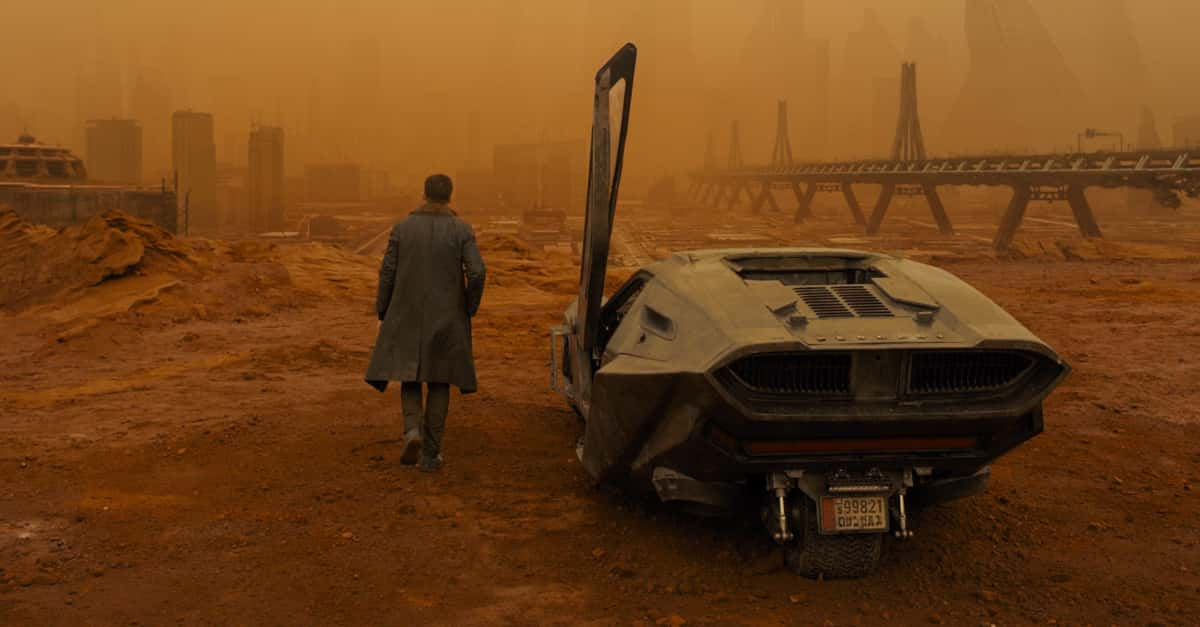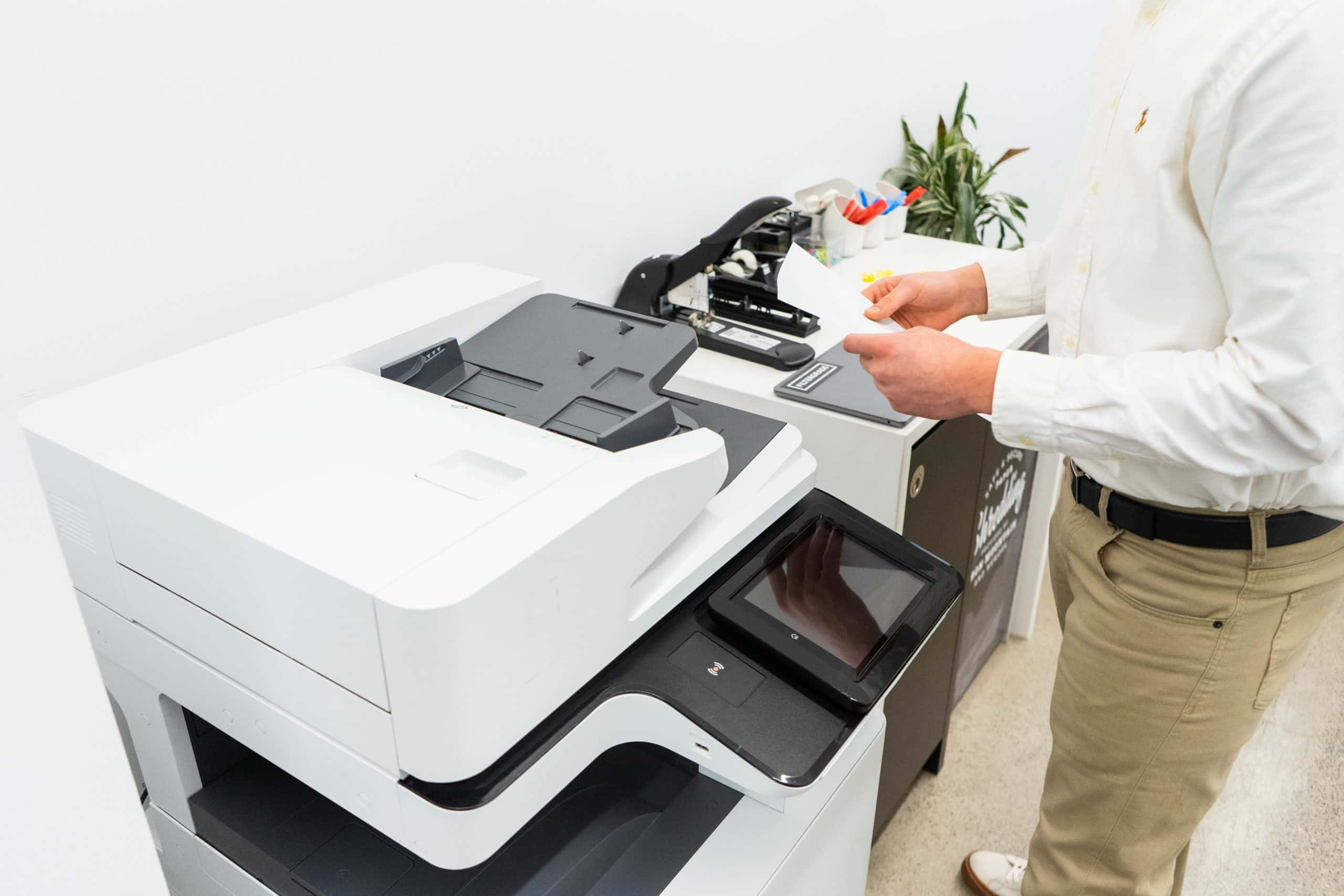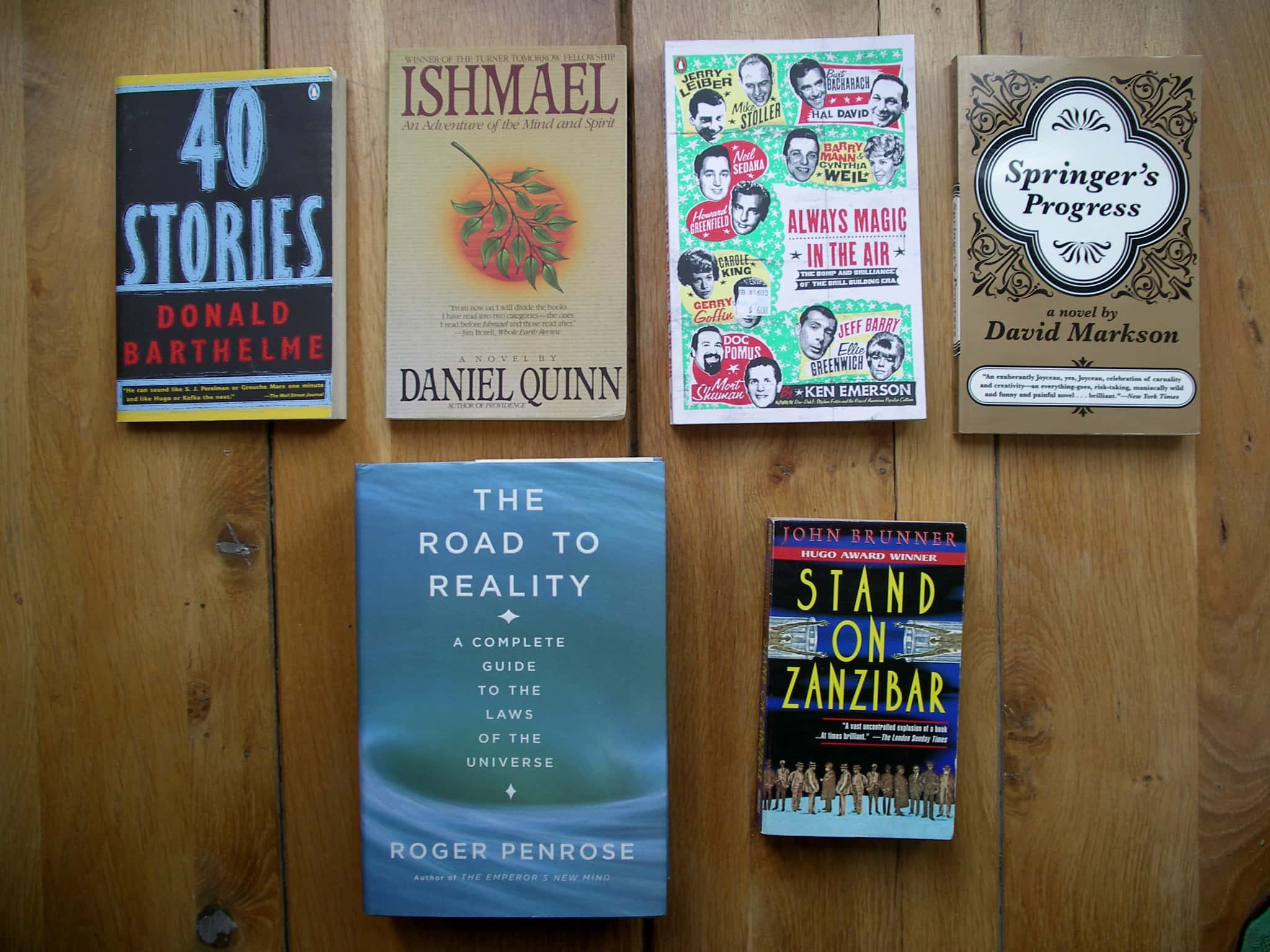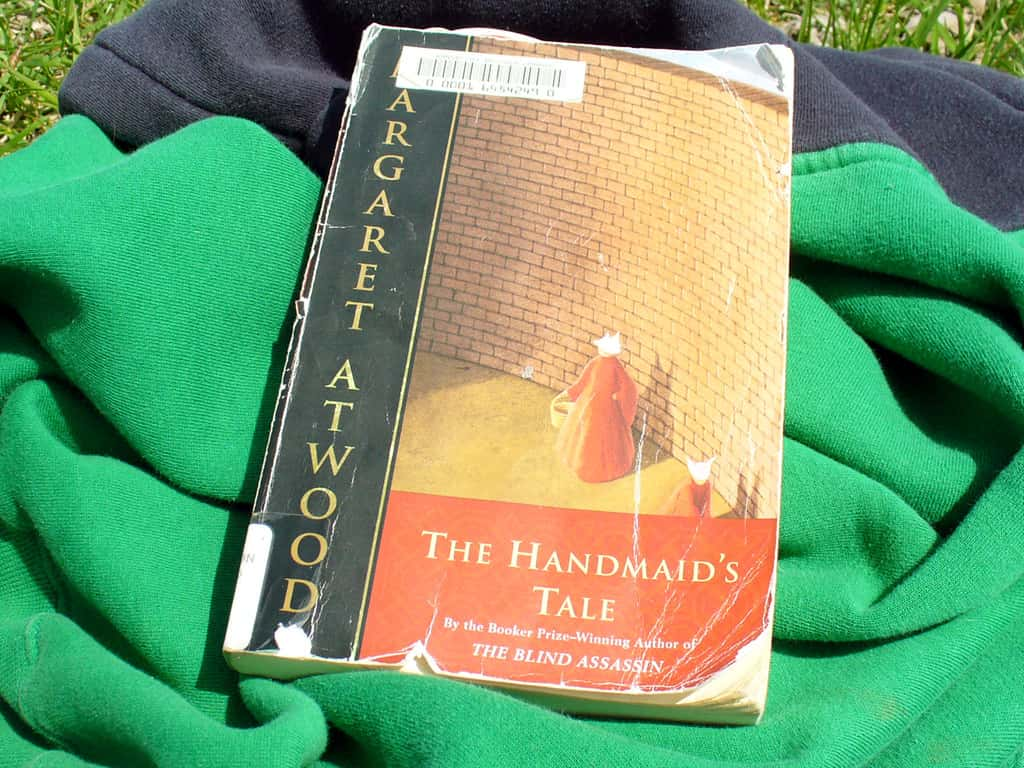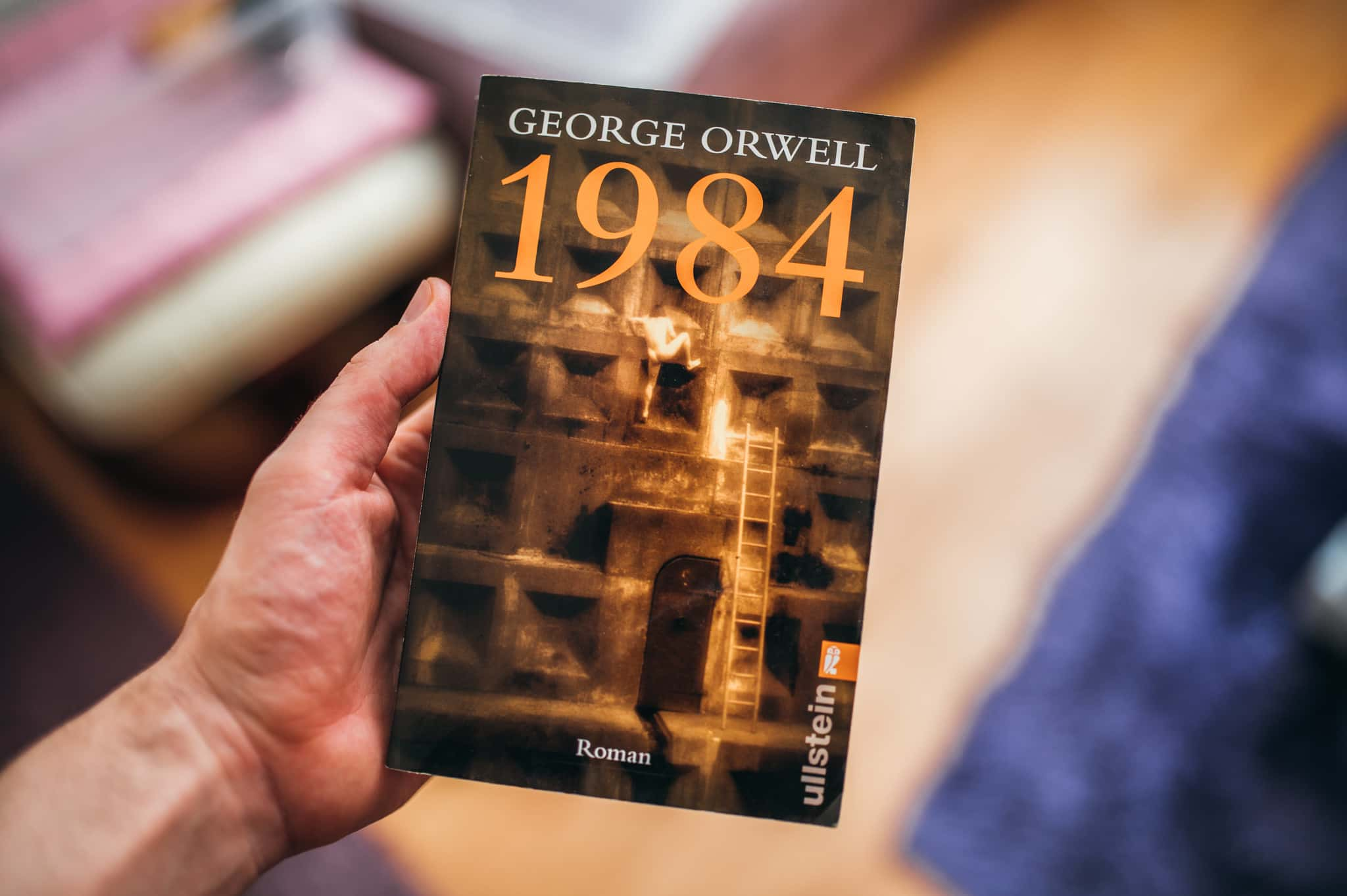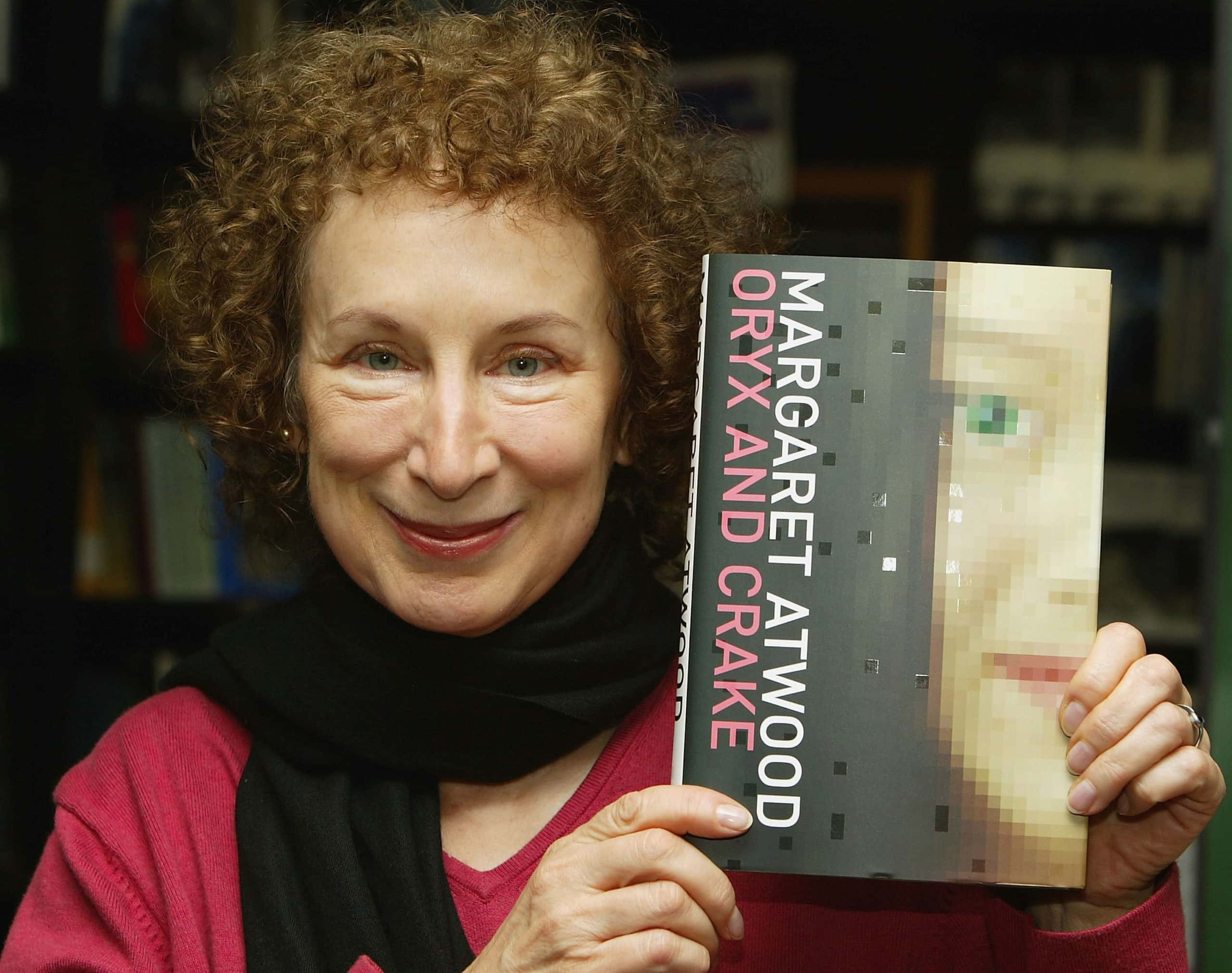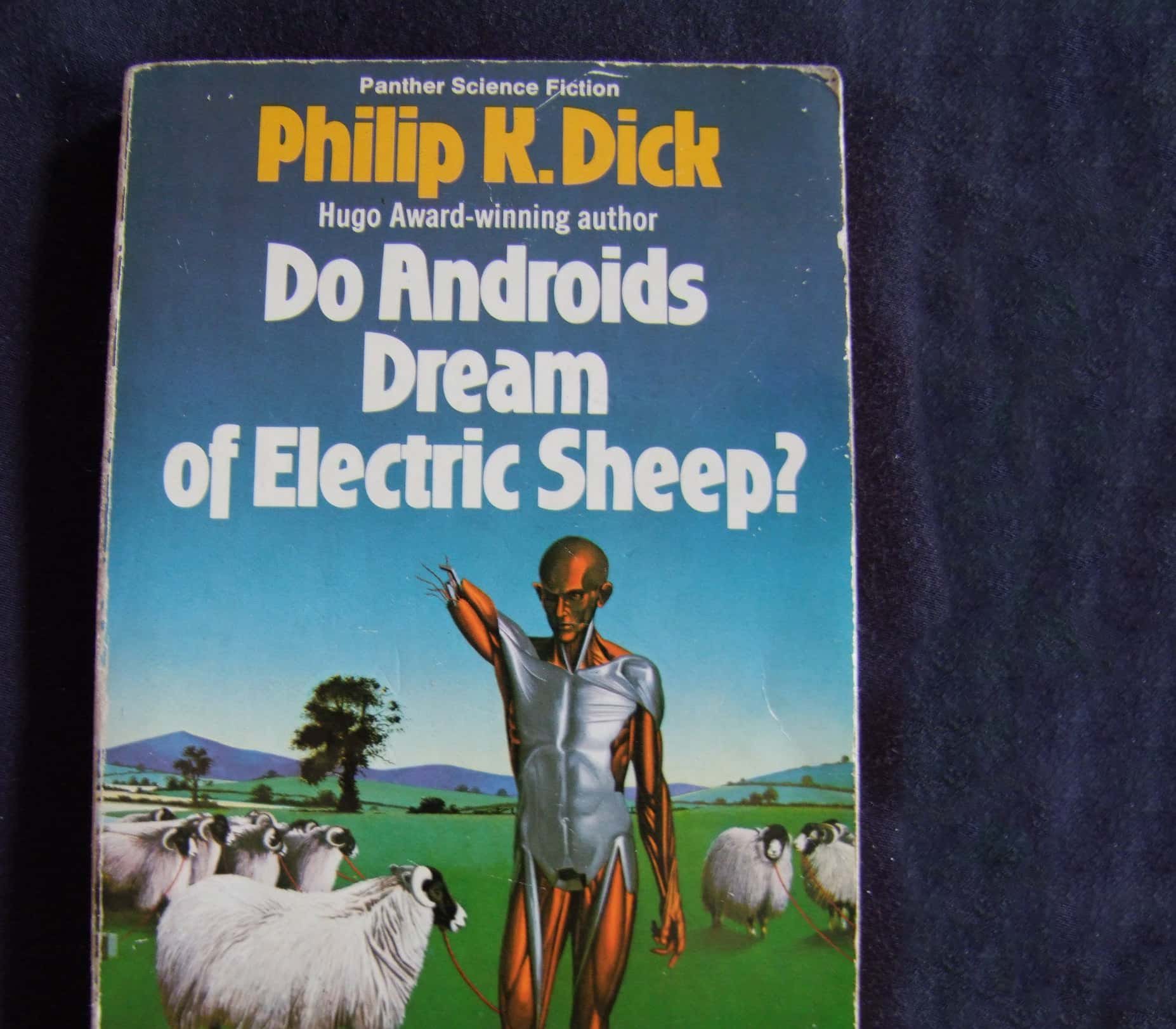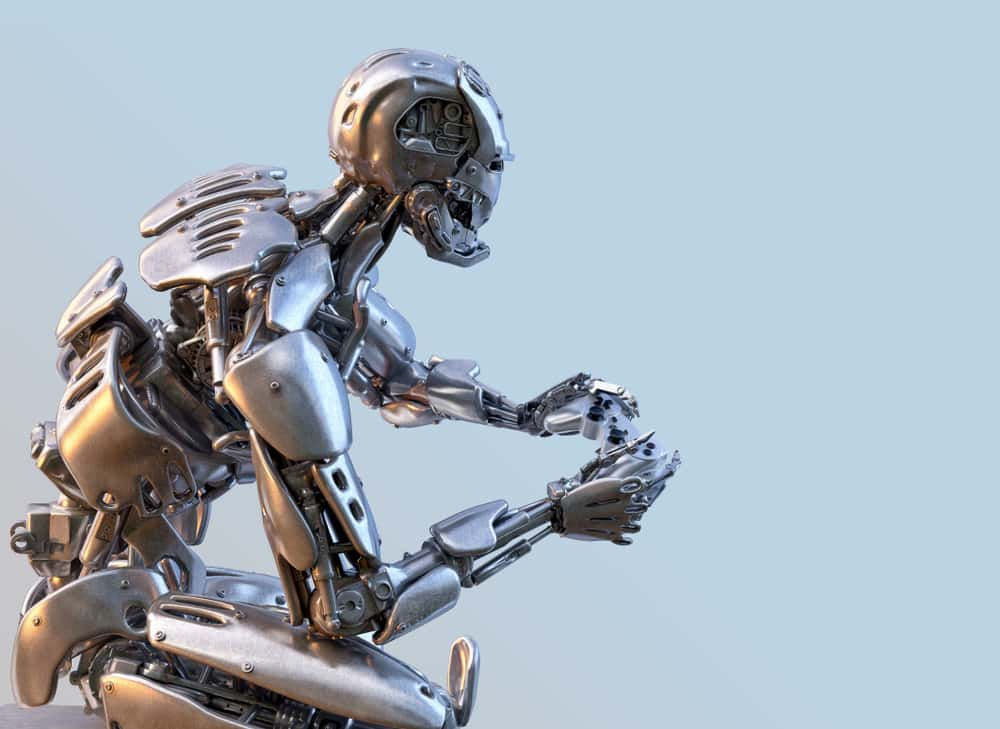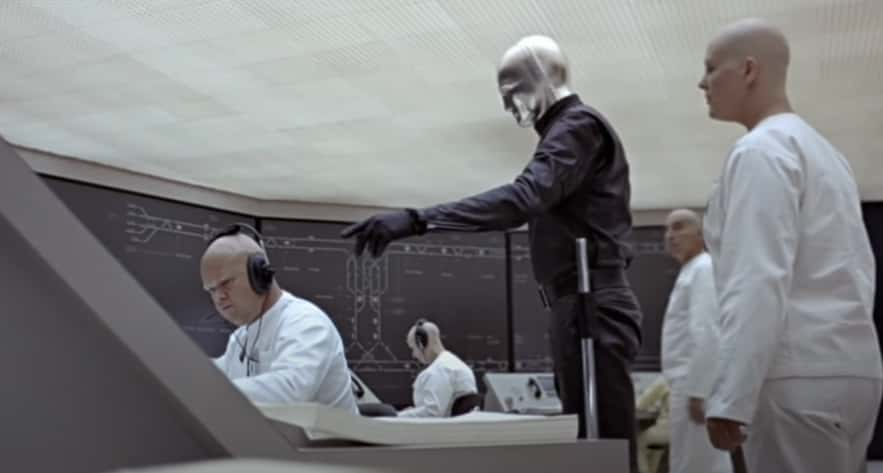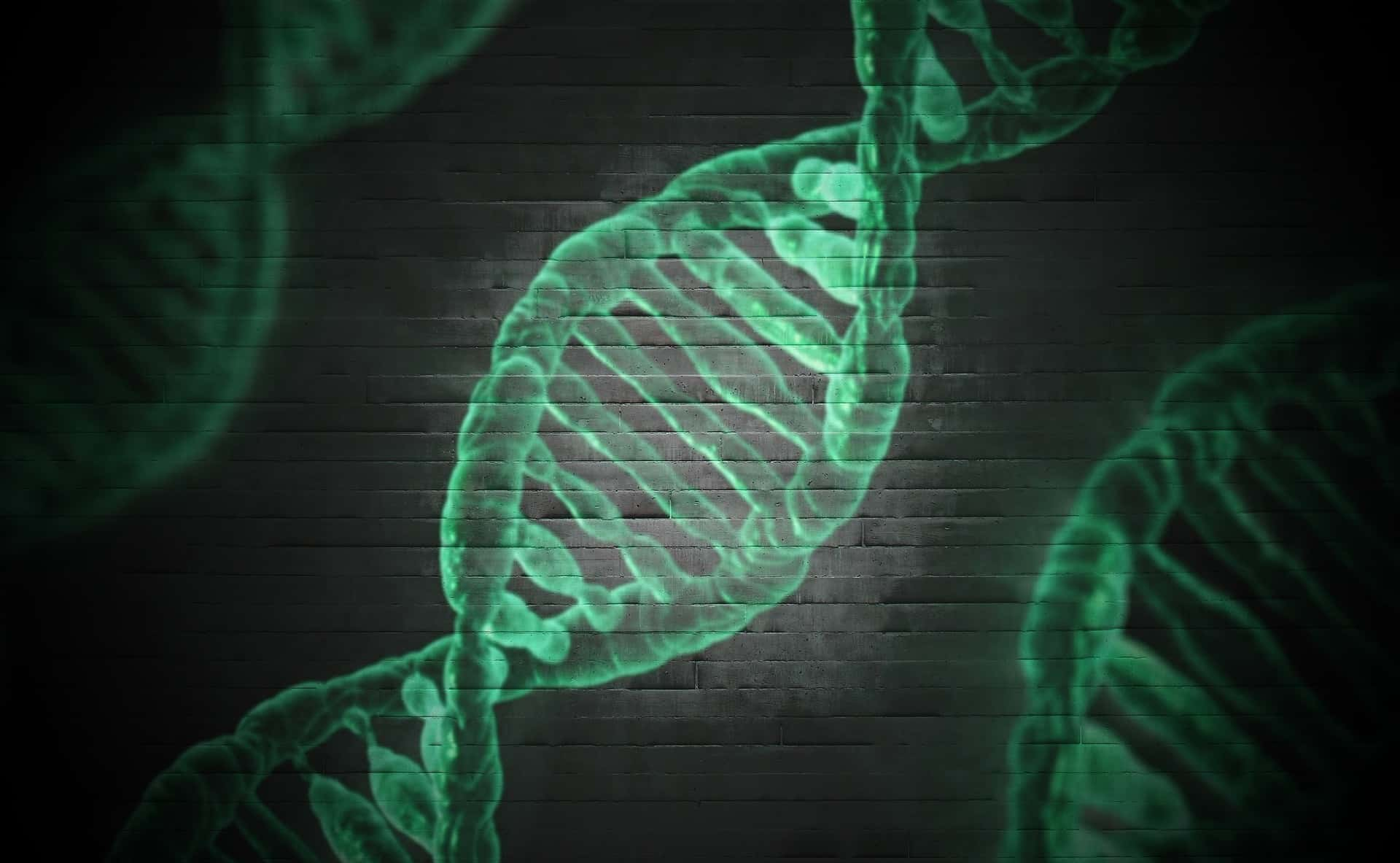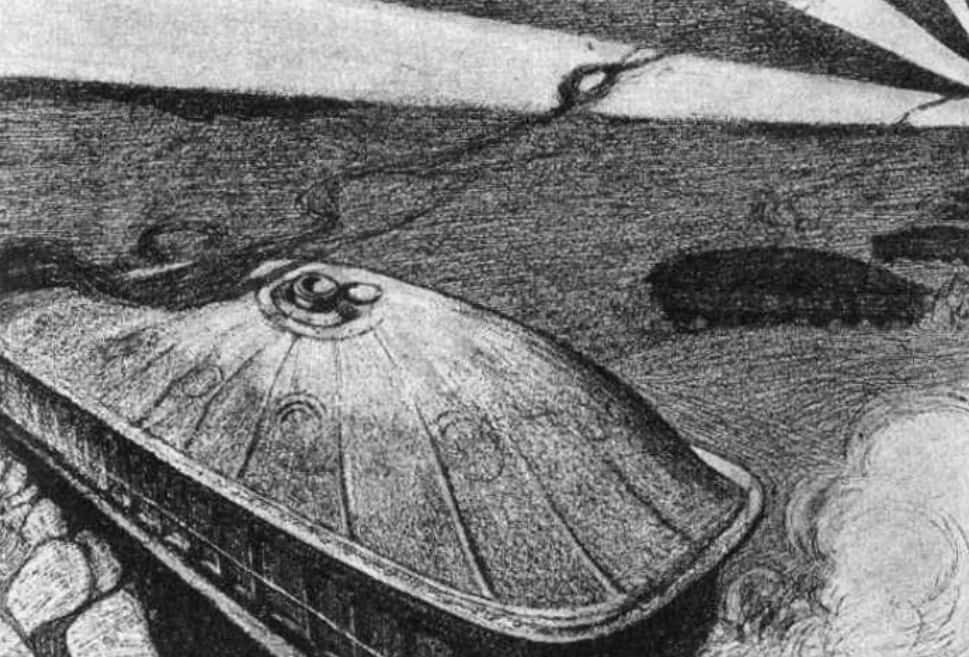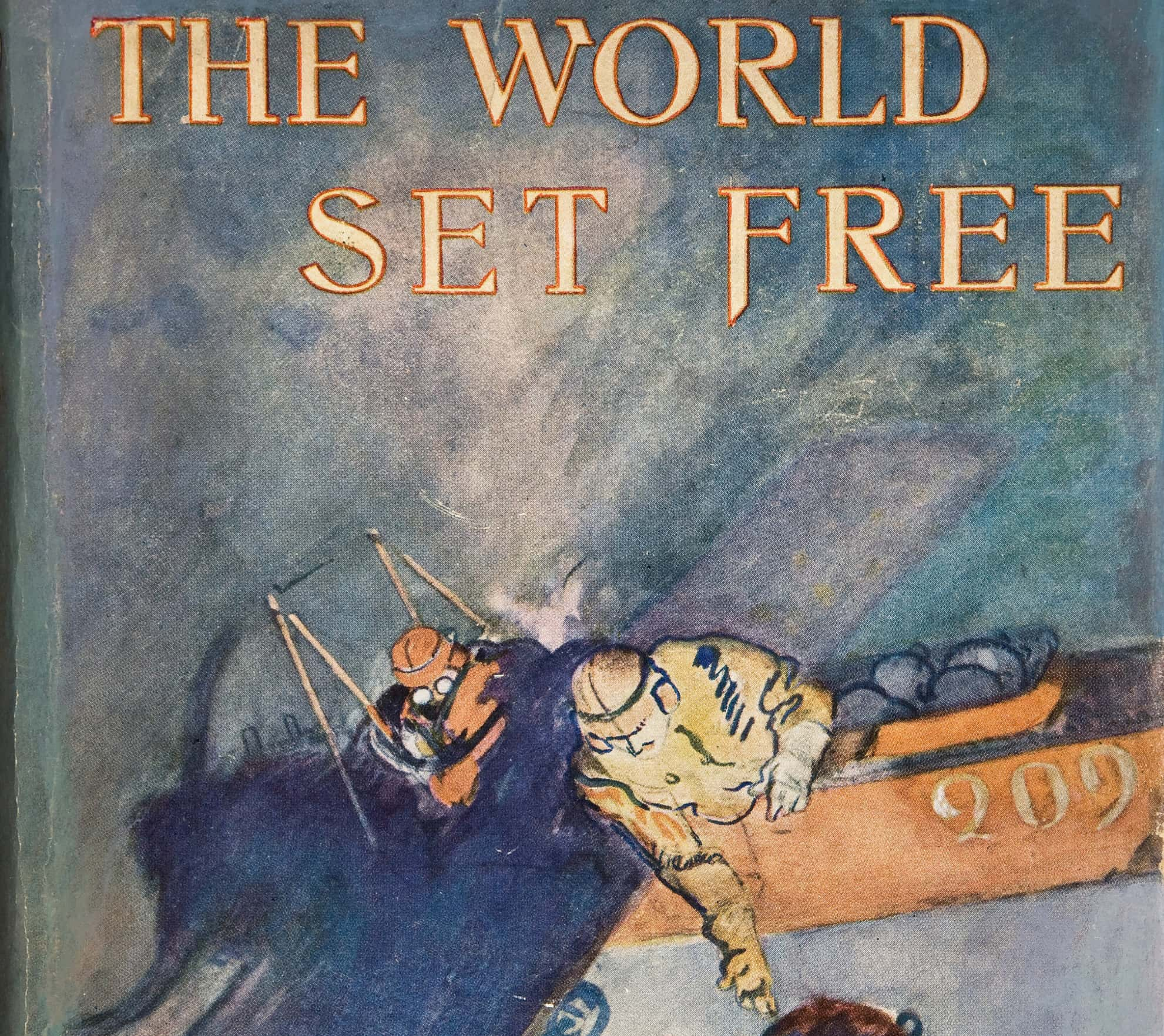Dystopian fiction is a genre of science fiction that tries to make up a horrible world (like The Walking Dead) or tries to predict a horrible future that we get to look forward to (like 1984). The craziest thing about dystopian fiction, however, is that there are moments where its predictions actually come true. Here are some examples of dystopian books and movies successfully predicting what the future would look like. Score one for the pessimists!
Dystopian Fiction That Became Reality Facts
23. Take Notes, Tinder
In the novel Logan’s Run, whenever the characters want to avoid the long process of dating and just have a night of no-strings-attached fun, they used a computer to find someone within the vicinity who felt the same way as them. The book couldn’t have known that this computer program would end up being a phone app instead, but that’s still pretty on the nose as far as predictions go.
Factinate Video of the Day
22. I See You, You See Me
M. Forster published his book The Machine Stops in 1909, long before Skype ever existed. Somehow, though, Forster envisioned a future wherein people could be on opposite ends of the world and yet see each other and communicate. Sure, we don’t use round plates to do it, but Forster wasn’t far off.
21. Printing Press Deluxe
Personal printers in every home was first predicted by Edward Page Mitchell (no pun intended, amazingly). Writing in 1879, Mitchell’s book The Senator’s Daughter envisioned “an endless strip of printed paper, about three feet wide, was slowly issuing from between noiseless rollers and falling in neat folds into a willow basket placed on the floor to receive it.” Now true, he didn’t think we’d have individual pages, but otherwise, he correctly predicted that everyone would have access to their own printed paper, a luxury back in his day.
20. Finally, a Cause to Unite Uber and Taxicabs!
One of the most prophetic films of the 2000s was Steven Spielberg’s Minority Report (based on Philip K. Dick's 1956 story). In between the ethical fight concerning the arrest of criminals before they commit a crime, the movie was determined to have predicted many things about our future with eerie accuracy. One example is the famous scene where the main character, played by Tom Cruise, has to flee the authorities in a car chase featuring driverless cars. While we have yet to see so many of those cars on our roads, that isn’t stopping companies like Google getting closer and closer to making that film a reality!
 Minority Report (2002), Twentieth Century Fox
Minority Report (2002), Twentieth Century Fox
19. Swipe Left! Now Swipe Right!
Another element of Minority Report that seemed alien at the time of its release is the way that the characters controlled their computers with gestures rather than typing on a keyboard. Since then, companies such as Microsoft, Intel, and MIT have developed multi-touch interfaces that let you act out your Minority Report fantasies (did anyone else have those as a kid?).
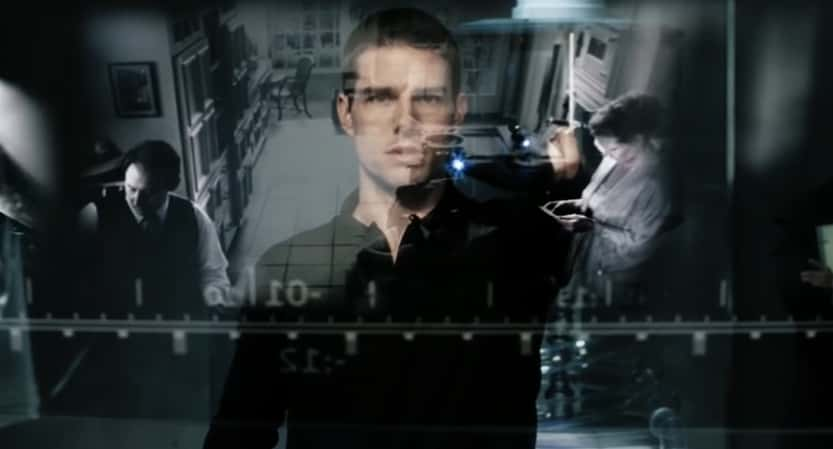 Minority Report (2002), Twentieth Century Fox
Minority Report (2002), Twentieth Century Fox
18. Nostradamus Wants to Sue You for Stealing His Act
Written in 1969, John Brunner’s Stand on Zanzibar was an attempt to imagine how the world would look in 2010. Frankly, it wasn’t that far off: China is a huge economic power in the world, the European Union exists, electric cars are prevalent, and Detroit is a poverty-ridden mess.
17. This Looks Familiar…
One of Margaret Atwood’s greatest novels, The Handmaid’s Tale envisions a world where fertile women are turned into servants for the wealthy to produce children on and claim as their own. The society is ruled by a theocratic religious order that rules through fear and force.
16. The Sky Is Falling! Seriously, It Really Is This Time!
The Handmaid’s Tale’s explanation for a lack of fertility among the human race is blamed on environmental issues making the planet more difficult to live on. Decades later, the issue of the environment being under siege is a hot topic today.
15. Someone’s Watching…
George Orwell’s famous book 1984 might have been a bit off with the dates, but in other aspects of the future, he was much more accurate than people would have likely predicted. Public cameras and surveillance are becoming increasingly prevalent, with privacy quickly becoming a thing of the past.

History's most fascinating stories and darkest secrets, delivered to your inbox daily.
14. Stop Calling Me Paranoid!!
Regarding the surveillance, Philip K. Dick went one further with his book A Scanner Darkly. He wrote about a world in which the government covertly spied on individuals en masse without their knowledge or consent. As people like Edward Snowden would later prove, Dick was onto something bigger than even he could have imagined.
13. What Was That? I Had These In, Sorry
As you get ready to watch the latest adaptation of Ray Bradbury’s Fahrenheit 451, you might not know just how influential the original book was. It was also surprisingly good at predicting the future, given when it was first published (1953). Bradbury envisioned headphones and earbuds in his book becoming a futuristic way of listening to something with some measure of privacy. Lo and behold, look around you on a bus or train in the modern day and try find a group of people without a single ear piece on.
12. What Is “The Future is Now”?
The idea of an intelligent machine beating a human at chess was the subject of a novel in 1910. The novel was Ambrose Bierce’s Moxon’s Master, but Bierce was little to know that his novel predicted the later emergence of the super-computer known as Watson, which famously won a game of Jeopardy!
11. I Know Your Face!
In 2017, Paul Verhoeven’s classic film RoboCop turned 30 years old. Since its first release, it has become surprisingly accurate on how the world was going to look in the future. One aspect that rings true is the facial recognition technology used in a scene when the main character encounters someone from his past life (before he became a robot). Nowadays, the use of facial recognition is everywhere, used in such varied places as casinos, airports, even shopping malls.
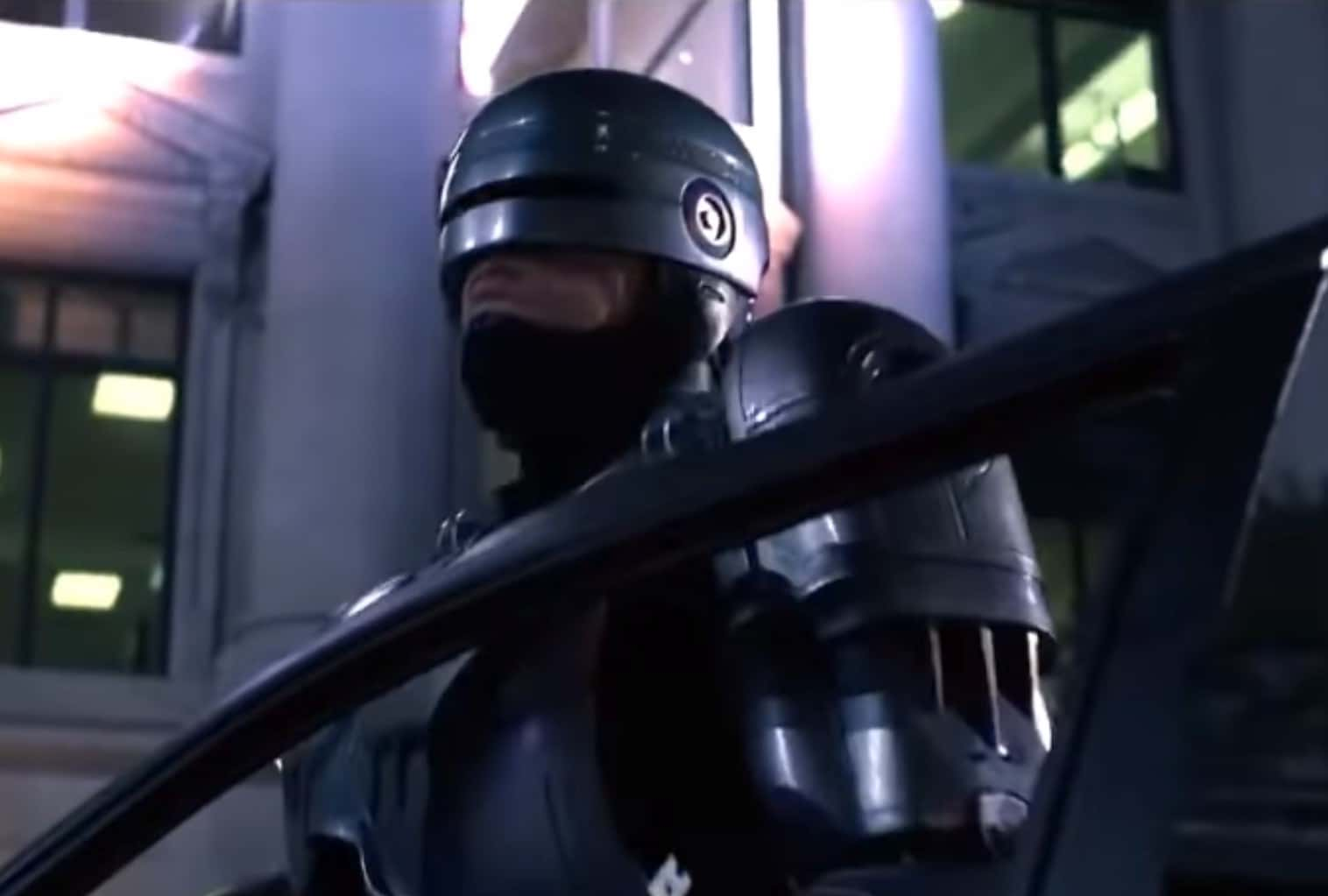 RoboCop (1987), Orion Pictures
RoboCop (1987), Orion Pictures
10. Tastes Like Chicken!
Margaret Atwood’s Oryx and Crake takes some time to establish a lab-manufactured meat made up to be like chicken parts that we all like to eat without having to kill a chicken to get them. Cut to the current day, where lab meat is being developed as we speak.
9. A Special Kind of Partner
Philip K. Dick’s novel Do Androids Dream of Electric Sheep was the famous inspiration behind Blade Runner. While the film took liberties with the source material, both of them featured the idea of humans having sex with androids. Well, it took reality some time to catch up, but the first sex robots with AI have indeed been created.
8. It Gets More Interesting
As if that wasn’t surprising enough, a follow-up to this fact about human/android love is a surprising report made in 2015. It stated that human-on-robot interaction could very well overtake human-on-human interaction as early as 2050! If only we could get Philip K. Dick’s reaction to that kind of news!
7. Can We Have Lightsabers Instead?
Before George Lucas decided he was content to make Star Wars for most of his career, he made another sci-fi film. THX 1138 was set in a dystopia where drugs were fed to the population to not only remove their emotions, but also remove their interest in getting it on. While the government has yet to reveal such a plan in today’s world, the emergence of Prozac could be seen as a small way in which Lucas’s film predicted the future.
6. Better Green Than Yellow!
The Island of Dr. Moreau was a famous story that was adapted into some pretty awful movies. It follows the discovery of an island where a doctor makes hybrid animals, mixing the DNA of animals together to create entirely new beings. While we have yet to see leopard-men running around (robbing us of a live-action Thundercats movie), we have seen scientific breakthroughs manipulating DNA of livestock and other animals. Amazingly, “proteins of jellyfish have been spliced into rabbits, pigs and other species… when exposed to ultraviolet light, bits of the altered animals glow a faint green.” We can only imagine how soon it will be before these glowing animals rise up and rebel against their human overlords!
5. It Was a Cybernetic Year
Back in 1984, the internet was far from what it is now, but while the year failed to live up to George Orwell’s expectations of what it would be like (thank goodness!), there was a book published that tried to predict where growing technology would lead. William Gibson’s Neuromancer ended up tackling the subject of cyber warfare, and Gibson even coined the word "cyberspace."
4. The Iron Beast
H.G. Wells proved that he was a strange Nostradamus sort of man when he wrote the 1903 novel The Land Ironclads. In the story’s most prophetic scene, soldiers are caught in a trench on a battlefield, only to witness "a mechanism that was effectually ironclad against bullets, that could at a pinch cross a thirty-foot trench, and that seemed able to shoot out rifle-bullets with unerring precision." In short, Wells predicted tanks before their debut in 1916. Admittedly, he said they would be steam-powered, but he can’t be completely accurate or else it’d have been spooky.
3. Someone’s in the Red Again…
Edward Bellamy’s Looking Backward features a futuristic society where everyone carries a card that contains credit. People all have a minimum amount of credit on their cards, while those with more risky jobs are given a higher amount of credit. While it doesn’t exactly work like this today, the concept of the debit and credit cards weren’t far off from this prediction. And the book came out in 1887!
2. The Kardashian Prophecy
Believe it or not, the novel Fahrenheit 451 was dangerously spot-on about more than just one aspect of our current day. The book predicts a popular television show where a family’s home is filled with cameras, with all the drama of the family’s "ordinary" life being captured for the entertainment of the audience. And this was in the 1950s. We can only imagine Ray Bradbury’s reaction to any of the dozens of reality TV shows that came out in later years.
 Keeping Up with the Kardashians (2007– ), Bunim-Murray Productions
Keeping Up with the Kardashians (2007– ), Bunim-Murray Productions
1. Life Imitates Art
H.G. Wells was one of the most famous sci-fi writers of all time, and he naturally had some bleak ideas about where humanity and technology was going. But one of his biggest predictions of our future wasn’t just accurate, it may have been self-fulfilling. In the 1914 novel The World Set Free, Wells predicted the power and destruction of the atom bomb. Amazingly, Leo Szilard read the book in 1932, which was the same year they discovered the neutron. Szilard, a noted physicist, would then conceive of a neutron chain reaction in 1933.

